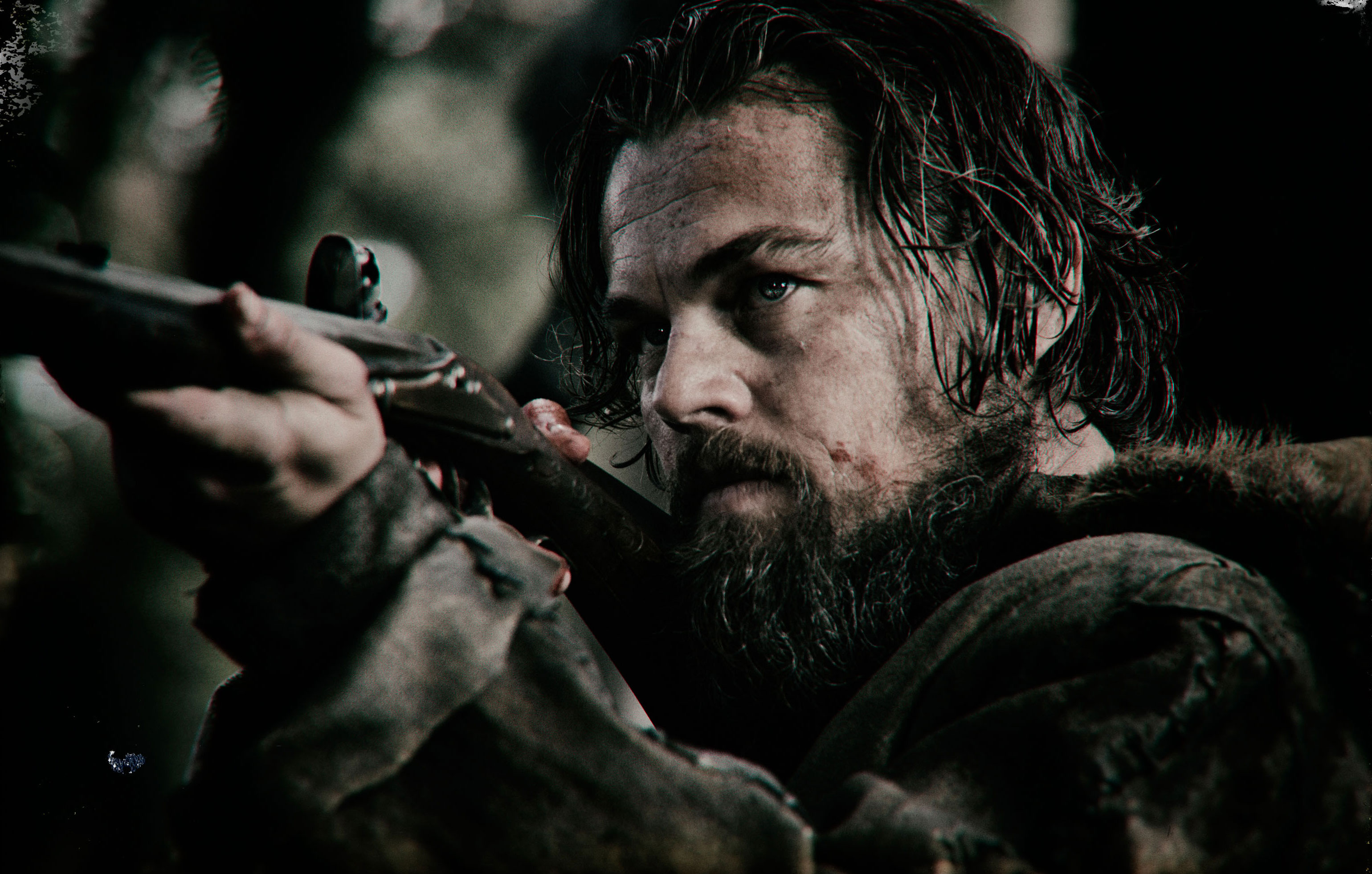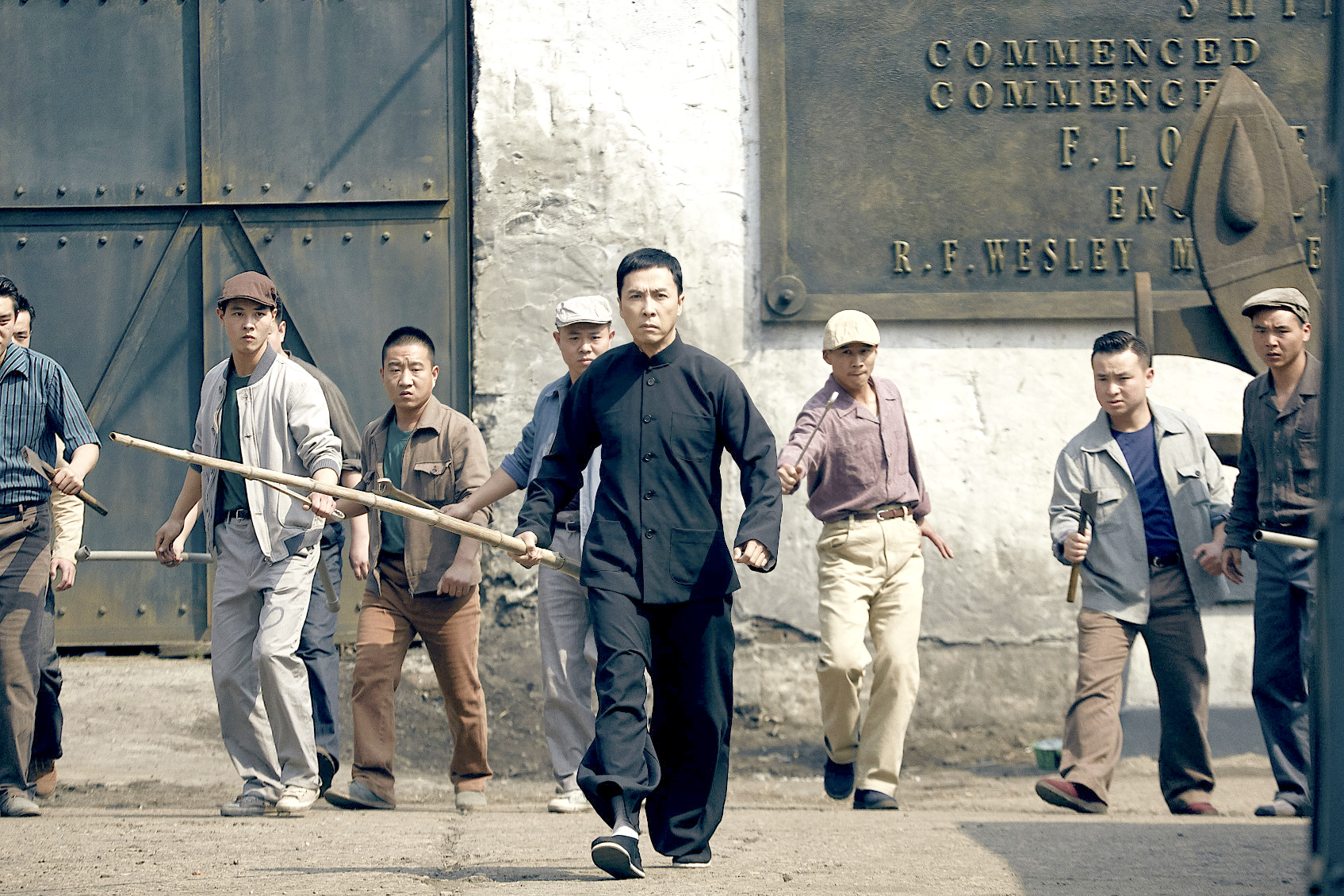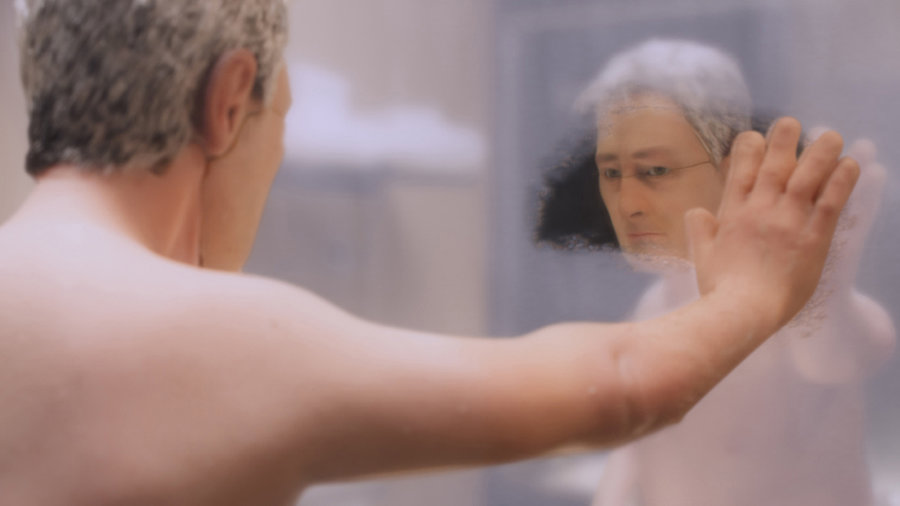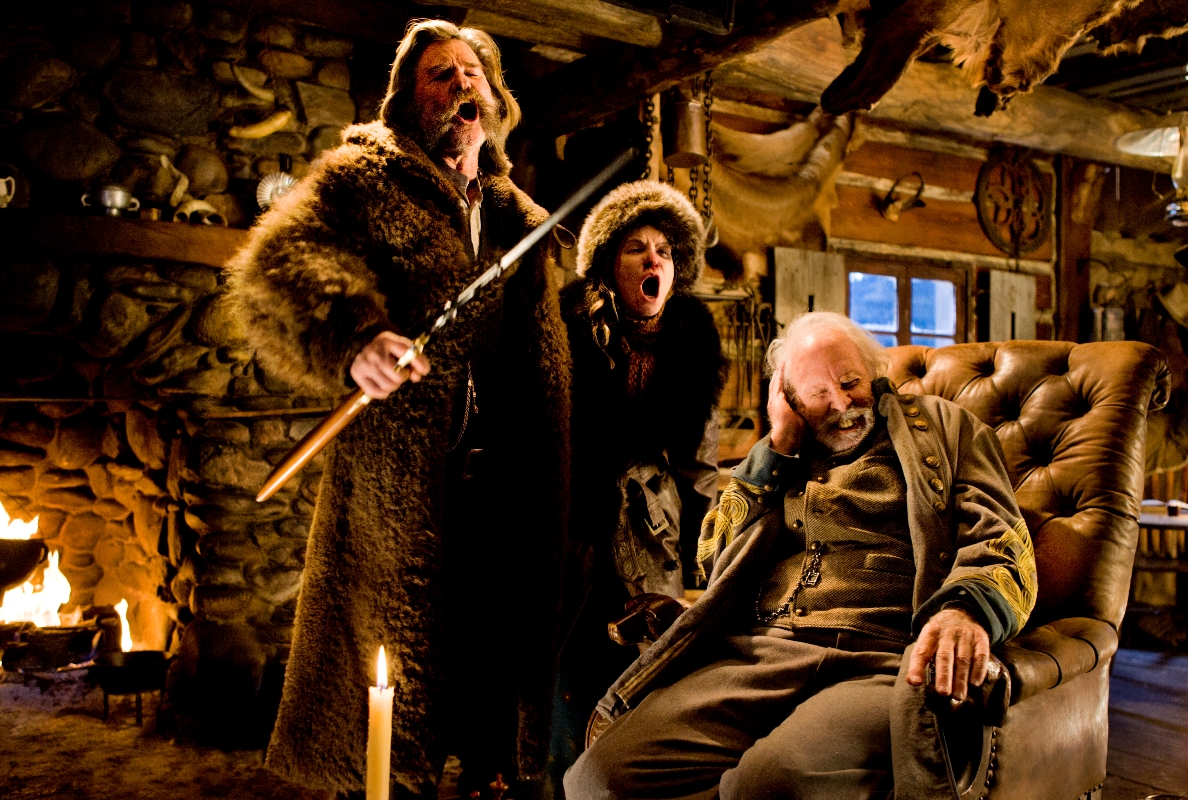The Revenant
is a huge whopping spectacle, the likes of which have rarely been seen since Cecil B. DeMille ordered Charlton Heston to part the Red Sea in The Ten Commandments. It’s unlikely that anybody compared Revenant director Alejandro Gonzalez Inarritu to DeMille back in the days of Amores Perros and Babel ; the somber Mexican filmmaker demonstrated little interest in cultivating the gaudier possibilities of cinematic fun, even as his compatriot/friends Alfonso Cuaron and Guillermo del Toro flaunted their showmanship. Inarritu’s role was to ponder the deep questions of whether misery has a breaking point, and how to measure the weight of the human soul.
2014’s Birdman signaled a change. Exuberant and funny—while still carving out room for lofty ideas, sometimes to the film’s detriment—it showed off a new playfulness in Inarritu’s approach. (He took home the Best Director Oscar as a reward.) Now comes The Revenant, and while nobody would tag this movie as “fun,” the great Hollywood huckster DeMille would surely approve of its incredible scale. This thing is a lollapalooza.
Leonardo DiCaprio, continuing in his acting-as-suicide-attempt mode, plays a real-life outdoorsman named Hugh Glass. In 1820s Wyoming, Glass is a scout for a fur-trapping expedition. In a brutal early sequence, the group is ambushed by Native Americans, and the survivors straggle off toward safety. We’ve barely recovered from the intense violence of the battle when Glass is attacked by a grizzly bear, a mauling that leads to betrayal, murder, and a display of extreme survival skills. Almost all of this takes place in freezing weather, an endurance test captured in visionary detail by cinematographer Emmanuel Lubezki (working under dire conditions in Canada and Argentina).
The film’s collection of atrocities is like a to-do list for the next Cormac McCarthy novel: scalping, neck-wound self-cauterizing, arrows through all body parts, horse disemboweling, a breakfast of bison liver tartare. And the bear attack. Let’s consider that grizzly, because it leads directly to why The Revenant should be seen—and on a big screen, absolutely—despite the cabinet of horrors on display. In this long sequence, mostly played out in what appears to be an unbroken take, a giant grizzly bear mauls not a stuntman, but Leonardo DiCaprio. And I realize we’re all wised up about the digital blending of the real and the fake, but that’s really DiCaprio flailing around on the ground, and the bear, or whatever computer-generated trickery has come together to approximate the bear, is really tearing the hell out of the guy. I don’t know how they did it; I don’t want to know. I do know that in this and dozens of other moments, The Revenant reaches back to a founding reason for movies to exist: to show things we never thought (or hoped, in this case) we’d see. From the fading light across a snowy prairie to an avalanche almost imperceptibly shivering into life in the deep background of a shot, the film is astonishing to look at and listen to.
I’m not sure what it’s actually about. Inarritu is too much the serious artist to embrace the revenge story, which becomes practically a sidebar. Instead, he concentrates on different ways to astound the audience while layering in magical touches (including a few out-and-out steals from the films of Terrence Malick and Werner Herzog), the better to give the material a sense of the mystic. He lets DiCaprio grunt and groan in single-note fashion, which means Tom Hardy (as Glass’ nemesis) gets to weave a much cleverer performance, though he is similarly crusted with facial hair and frozen snot. The supporting cast is a marvelous gallery of distinctive faces: Domhnall Gleeson, Tom Poulter, Lukas Haas. What they go through seems suspiciously like one long wallow, a demonstration of how life is nasty, brutish, and—at 156 minutes—long, redeemed only by spiritual flourishes that border on cornpone. This is a film of simple ideas and overwhelming images—but at the movies, for better or worse, images win.
film@seattleweekly.com








